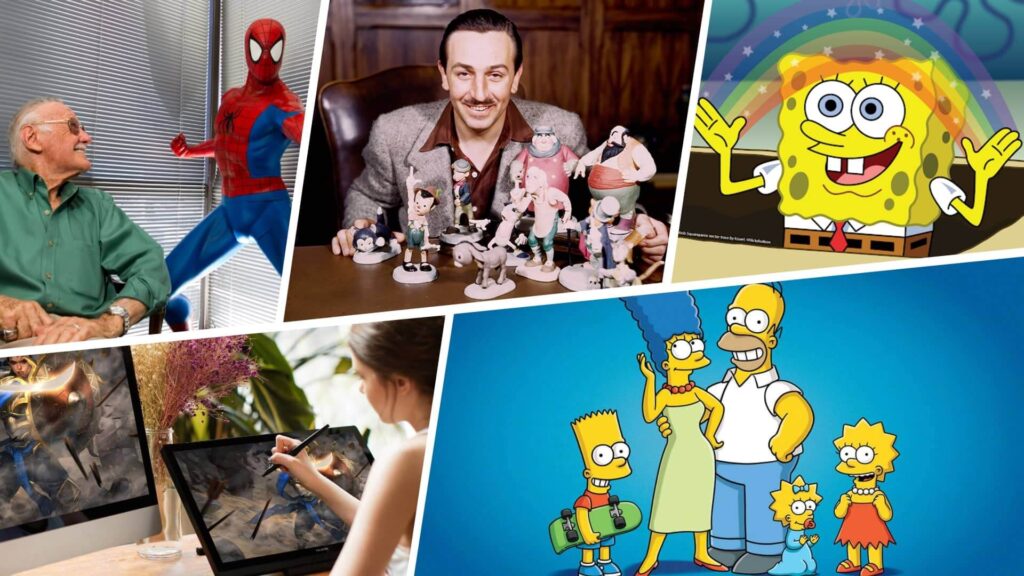Designing a game character is about more than just making a physical representation – it’s about creating an entity that players will relate to and empathize with. A well-designed character can make a game memorable and immersive, while a poorly designed one can be forgettable and disconnected. Designers should factor in a character’s purpose, physical appearance, and design principles such as contrast, balance, proportion, and color theory. Consistency is important throughout the game and designers should gather feedback to refine the design. Animation brings life into the character, helping players empathize with its struggles and triumphs.
The Magic of Character Design: Creating Iconic Game Characters
Creating a game character is more than just bringing a vision to life; it’s about creating an entity that players will relate to and empathize with. The right character can make a game memorable and immersive, while a poorly designed one can be forgettable and disconnected from the player. In this article, we’ll explore the magic of character design and how it can make or break a game.
Conceptualizing the Character Design
The first step in creating a memorable game character is to define its purpose. A character’s personality, backstory, and abilities should align with the game’s intended atmosphere and story. For example, a survival-horror game may require a character who is fragile yet resourceful, while an adventure game may call for a character who is quick-witted and daring.
Once the character’s purpose is clear, the design process can begin. Designers should factor in the character’s physical appearance, including body type, facial features, hair, and clothing. The character’s physical traits should not only be visually appealing but also communicate its personality and backstory.
Adhering to the Design Principles
Design principles such as contrast, balance, proportion, and color theory play a vital role in character design. The character’s physical features should be balanced and proportionate, with complementary colors that convey the intended atmosphere. Contrast can be used to enhance the character’s unique features and make it stand out from its surroundings.
Furthermore, the character’s design should be consistent throughout the game, ensuring that it remains memorable to players. Consistency can be achieved by adhering to a specific art style and keeping the character’s physical features and personality traits constant.
Iterating the Character Design
Creating a game character is a time-consuming process, and designers may need to experiment with multiple iterations before landing on the final design. While the initial concept may look visually striking, iterating the design can help to refine the character’s appearance, backstory, and abilities.
Designers can gather feedback from peers, playtesters, and players to improve the character’s design. Feedback can be received through surveys, social media, or in-game reviews, which helps to identify which aspects of the character design resonate the most with the audience.
The Role of Animation
Animation breathes life into a game character, allowing it to move, interact with the environment, and express its personality. The animation should be consistent with the character’s design, personality, and biomechanics. It should also convey the character’s emotions and intentions, helping players empathize with its struggles and triumphs.
Animation can be achieved through motion capture, keyframe animation, or a combination of both. Motion capture involves recording real-life movements and transferring them to a 3D model, while keyframe animation involves manually creating poses and movements frame-by-frame.
Conclusion
Creating a memorable game character takes time, patience, and a lot of creativity. A well-designed character can elevate a game and engage players on a deeper level. Design principles such as contrast, balance, proportion, and color theory are critical in character design, as is the character’s consistency throughout the game. Receiving feedback and critiquing the design through multiple iterations will help ensure that the final design resonates with the audience. Lastly, animation breathes life into the character, with motion capture and keyframe animation bringing the character’s personality and intentions to life.
Creating an iconic game character takes a blend of artistry and technical finesse. It is a process that requires constant iteration and experimentation, with designers striving for the perfect balance of aesthetics, personality, and intentionality. By following the guidelines laid out in this article, designers can create game characters that are memorable for all the right reasons.
